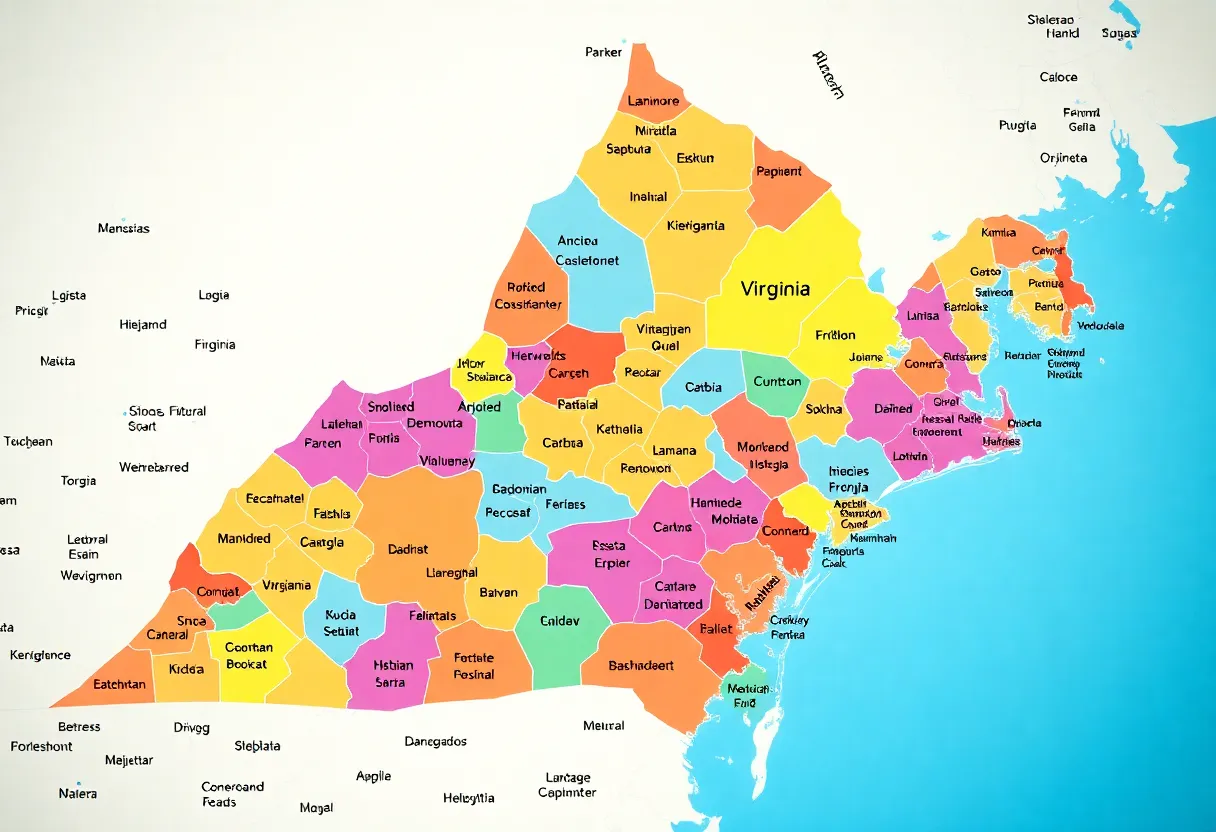News Summary
Norfolk, Virginia, is facing alarming sea level rise, as indicated by the latest U.S. sea level report cards. Projections estimate a rise of 0.47 meters by 2050, the highest along the East Coast. The report, compiled from 55 years of tide gauge data, reveals that Norfolk’s sea level is currently rising at a steady pace of 5.60 mm per year. Local leaders must prepare for increased flooding risks as infrastructure enhancements are necessary to combat future challenges posed by rising waters.
Norfolk, Virginia is facing significant sea level rise as highlighted in the newly released 2024 U.S. sea level report cards by William & Mary and the Virginia Institute of Marine Science (VIMS). Projections indicate that the city’s sea level could rise by 0.47 meters by 2050, making it the highest rate along the East Coast. Currently, Norfolk experiences a rise rate of 5.60 mm per year, which has remained steady over the past five years.
The VIMS report cards compile data from 55 years of tide gauges to track average sea levels, major storm-driven highs, seasonal shifts, and long-term patterns, including the effects of El Niño. Notably, various factors contribute to the differences in sea level rise observed in different locations, including land subsidence and ocean currents.
Norfolk’s sea level rise outpaces that of nearby cities, with Yorktown, Virginia, following closely at 5.41 mm per year and Solomons Island, Maryland, at 5.21 mm per year. In contrast, Gulf Coast states like Louisiana and Texas report some of the nation’s highest sea level rise rates, with Grand Isle, Louisiana, experiencing a staggering rise of over 8 mm per year.
The overall trend emerging from the report shows that while Gulf and Southeastern regions are experiencing accelerating sea level rise, the West Coast is seeing more stable conditions. Significant projections suggest that by 2050, sea levels in Norfolk could elevate by as much as 2.15 feet, while Yorktown could see a rise of approximately 1.7 feet.
This data is critical for local leaders and communities as it provides essential information for planning and preparation against future flooding, particularly as increasing tidal flooding is anticipated to become more frequent and affect regions further inland. The report serves as a valuable resource for enhancing infrastructure in vulnerable areas, such as establishing flood walls and elevating homes.
Researchers emphasize the importance of local data for coastal residents, indicating that understanding specific regional changes can help in more robust planning and protection against imminent threats posed by rising waters. With Norfolk’s position as the top-ranked city along the East Coast for sea level rise, proactive measures are essential to mitigate future flooding challenges.
In conclusion, the findings of the 2024 U.S. sea level report cards underline urgent concerns for Norfolk and its surrounding areas. With various factors contributing to a rapidly changing landscape, local authorities are tasked with devising adaptive strategies equipped to face the looming challenges of sea level rise.
Deeper Dive: News & Info About This Topic
HERE Resources
HVAC System Stolen from Studio Center in Virginia Beach
ODU Baseball Game Against Richmond Canceled Due to Weather
Old Dominion Monarchs Battle Marshall Thundering Herd in Key Series
Newport News Community Advocates for Criminal Justice Reform
Axis Global Enterprises’ Remarkable Growth Journey in Virginia Beach
Additional Resources
- WAVY: Norfolk Has Highest Sea Level Rise Rate
- 13 News Now: VIMS Report on Sea Level Rise Rates
- Pilot Online: Norfolk’s Sea Level Rise
- Bay Journal: Norfolk’s Preparedness for Climate Change
- Chesapeake Bay Magazine: Norfolk Research on Tides
- Wikipedia: Sea Level Rise
- Google Search: Norfolk Sea Level Rise
- Google Scholar: Norfolk Sea Level Rise
- Encyclopedia Britannica: Sea-Level Rise
- Google News: Norfolk Sea Level Rise

Author: STAFF HERE WILLIAMSBURG WRITER
The WILLIAMSBURG STAFF WRITER represents the experienced team at HEREWilliamsburg.com, your go-to source for actionable local news and information in Williamsburg, James City County, and beyond. Specializing in "news you can use," we cover essential topics like product reviews for personal and business needs, local business directories, politics, real estate trends, neighborhood insights, and state news affecting the area—with deep expertise drawn from years of dedicated reporting and strong community input, including local press releases and business updates. We deliver top reporting on high-value events such as Williamsburg Farmers Market, Yorktown Market Days, and Busch Gardens Food & Wine Festival. Our coverage extends to key organizations like the Greater Williamsburg Chamber of Commerce and Colonial Williamsburg Foundation, plus leading businesses in education and hospitality that power the local economy such as College of William & Mary, The Williamsburg Winery, and Sodexo. As part of the broader HERE network, including HEREVirginiaBeach.com, we provide comprehensive, credible insights into Virginia's dynamic landscape.





